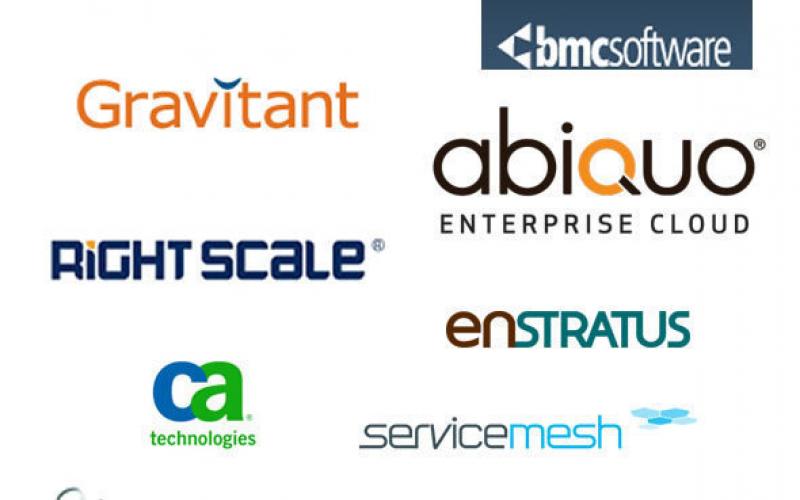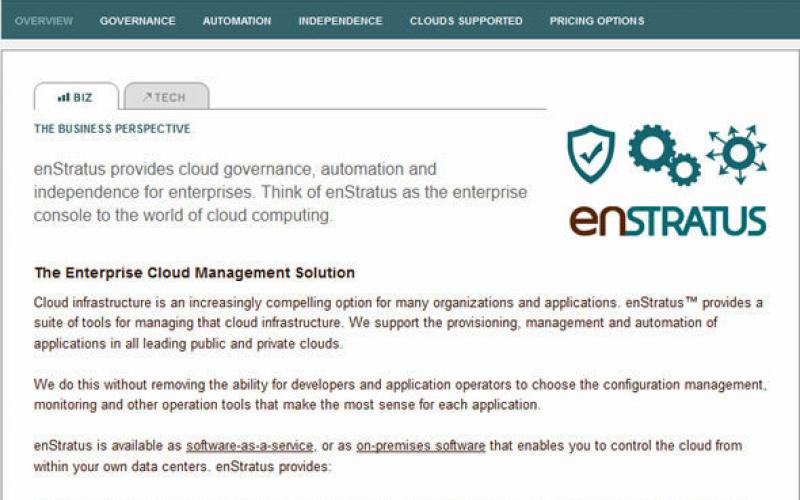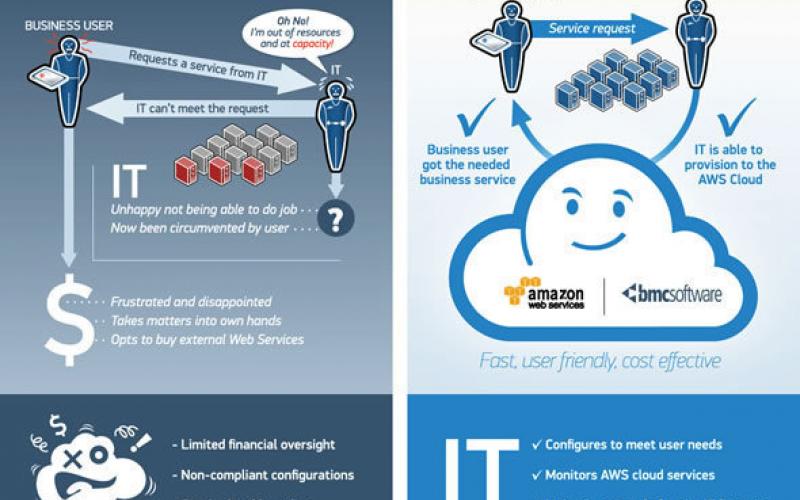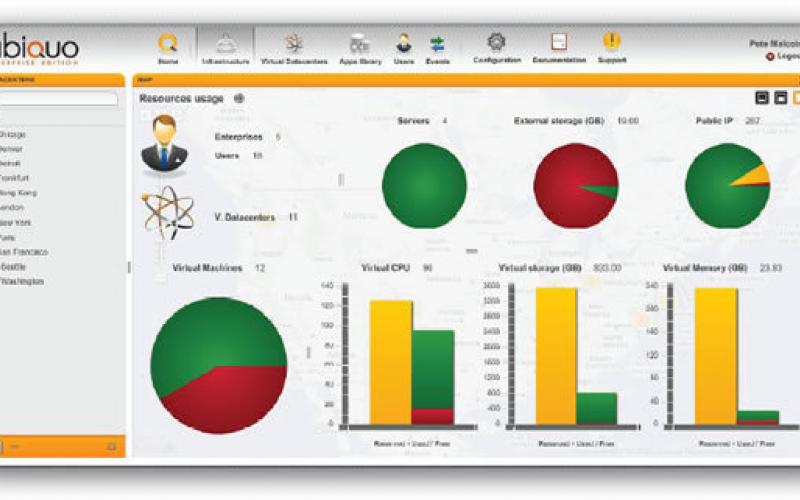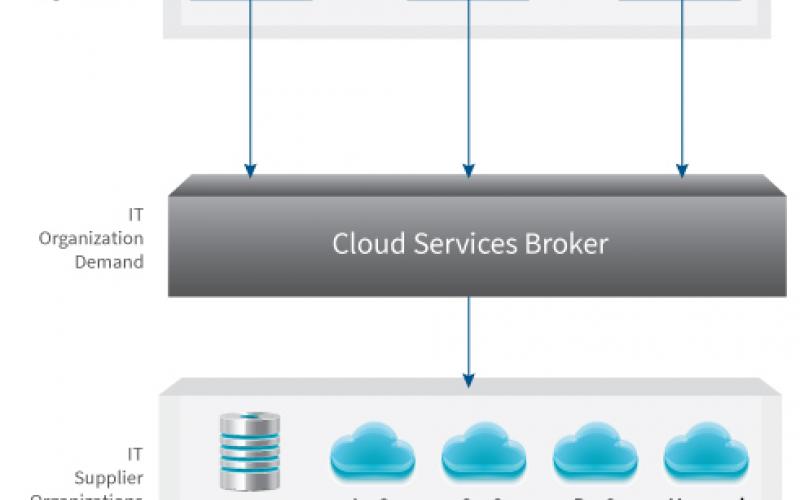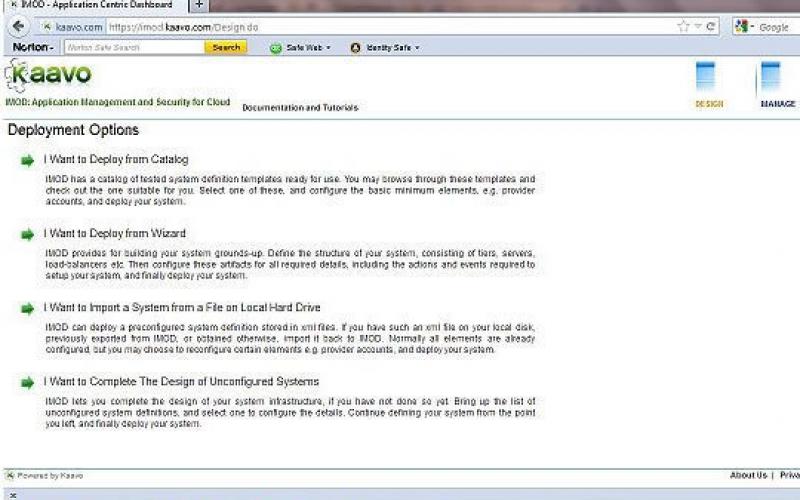In enterprise computing, vendor lock-in is too often a fait accompli. Vendor lock-in happens when, for example, a particular company -- such as IBM, Microsoft or Cisco Systems -- becomes the dominant vendor behind a particular technology and develops products that capture the advance with proprietary elements. That prevents its customers from leaving and ensures that only proprietary vendors can continue to capitalize on the technology.
With IBM it was the mainframe. Microsoft for many years dominated end-user computing with its Windows operating system, and Cisco has become the dominant enterprise networking vendor in the Ethernet era.
With the advent of cloud computing, however, customers can avoid lock-in by taking back some of that decision-making power. The cloud is a highly standardized environment, with new standards being added all the time -- such as the DMTF's Open Virtualization Format 2.0 (OVF) -- allowing translation between the proprietary virtual machine formats.
One way to get locked into the cloud is to, say, use only tools that recognize VMware virtual machines or Amazon Web Services VMs based on Amazon Machine Images. These virtual file formats are proprietary. They can be converted and moved around, but you need the right tools to do so. Faced with the prospect that customers might do it themselves, Amazon Web Services has moved beyond recognizing only its own virtual machine format to recognize VMware's as well. VMware and Microsoft recognize and produce some tools that work with each other's file formats. The old lock-in bonds are already being eroded by the nature of cloud computing, and this process will continue.
While there are still many proprietary traps in the cloud -- for example, using only Microsoft .net languages and running workloads only on the Windows Azure cloud -- you don't have to be hemmed in. Tools that recognize .net languages but deploy to public clouds are available. Don't let the convenience of vendor familiarity lead you to lock-in. Cloud computing isn't owned by anyone -- on the contrary, it can and will be the foundation on which many vendors will compete.
Furthermore, enterprise cloud users are eager to tap into a variety of services. They're building private clouds on premises to hold their most critical data, but they also want to interoperate with public clouds for customer-facing activities. That combination is called hybrid cloud computing, and there are multiple tools available.
In general, the best tools go beyond the operating infrastructure to view how well separate servers are running. They provide a view of the application, which uses pooled, or virtualized, resources such as storage and networking. This application-centric point of view addresses such questions as: How well is the application running? Do you need to perform analytics to see if something is going wrong? Do you need to scale it out further? How are the end users seeing the application?
Keeping choice in the hands of the IT manager is an important part of cloud computing. Here are 10 tools that can help you avoid lock-in and keep your enterprise moving forward.






